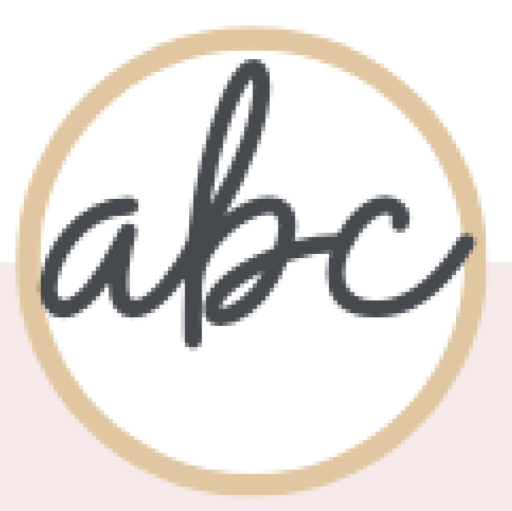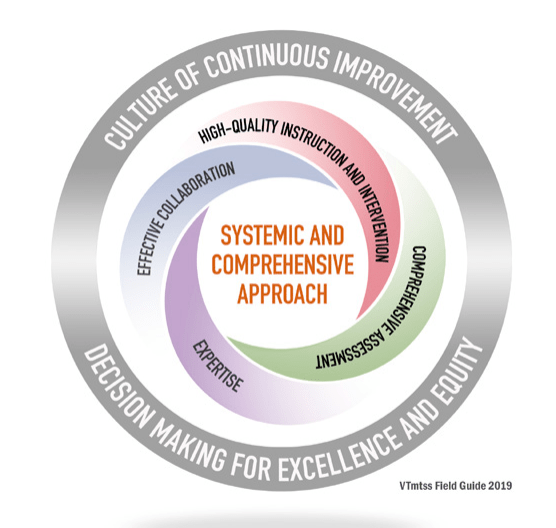In 2010, I earned my bachelor’s degree in education. Confidently, I believed that my education on ‘how to teach elementary students’ was well-rounded. Stepping into the classroom as a brand-new Kindergarten teacher made me realize the enormous responsibility I had just been given. I was completely unaware of my lack of knowledge. No amount of classes, workshops, books, podcasts, etc., could change this fact. Dufour was spot-on when he said that we ‘learn by doing’. To truly understand what effective teaching entails, I needed hands-on experience and direct interaction with real students.
I have a feeling I experienced the same moment of clarity that many brand-new teachers go through when they are first learning about the power of assessments. I truly believe that educators can only gain this understanding of what assessments are, how to design effective assessment tools, and how to not only administer these assessments but also analyze the results to better understand how students learn best and what actions teachers can take as a facilitator of learning to ensure all students are demonstrating growth over time by trying them out.
I used to believe assessments were solely paper tests given to all students at the end of a unit or year as a summative tool. Unlocking the power of formative assessments transformed my teaching significantly. Throughout the teaching and learning process, I obtained snapshots of students’ understanding, allowing me to make necessary adjustments to instruction. By directing my efforts toward specific skills that would advance students, I significantly improved the efficiency and effectiveness of my teaching. Realizing I didn’t have to stick to a rigid program and keep teaching things students already knew was liberating.
In my second year teaching Kindergarten, I discovered a true game-changer to add to my assessment arsenal – ESGI Software. This is an online progress monitoring tool (designed by a former kindergarten teacher) to help guide instruction proactively. This tool also helped students (yes, even 5-year-olds) get more engaged in the learning process. It provided immediate feedback to the students on what they could do, and what we were still working on. Not only was this motivating for students, but it was also encouraging for families because the software would populate individualized letters and flashcards to send home to families as well. This software had a healthy bank of pre-made assessments and it allowed me the opportunity to create my own assessments in the system. Like I said, total game-changer.
It was through the Professional Learning Community process that I experienced with incredibly talented colleagues that helped me understand the significance of common formative assessments and the value of authentic collaboration in enhancing teaching and learning for all. Designing our own assessments provided the flexibility to align better with what we were actually teaching students. We were also developing menus and rubrics of what success criteria could look like, which provided students with options in how they chose to ‘show what they know’.
When I think back to my very first year of teaching, I know it was a decent year of learning and growth for those little ones, and it was a tremendous amount of learning and growth for my teaching practice, which only further developed over time. It can feel disappointing to think “Oh, I wish I knew then what I know now – I could have done better for those kids that first year” – but we’ve all been there. You’re not alone. As much as we want to ‘nail it’ and think we have all the answers, or all the strategies to be fully prepared for teaching, the reality is teaching is an art as much as it is a science. It’s through honest reflection that we can truly master the art and science of the assessment process. This is how we can be better for those current and future students.
Be patient and kind to yourself as you explore all the benefits of effective assessment practices.
Evidence_AC_2_29_24 by Alison Celmer



